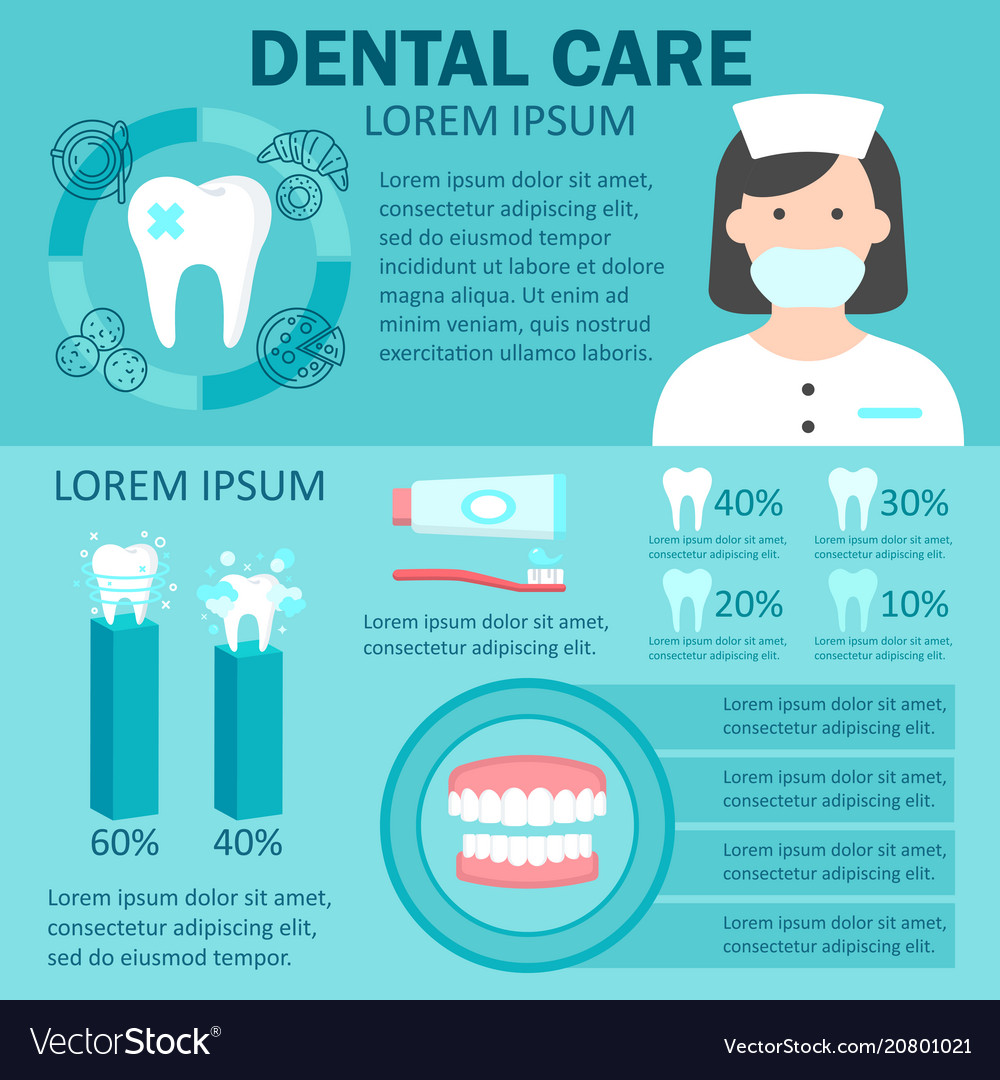Be Ready For Unanticipated Oral Emergency Situations By Recognizing The Indicators Of Injury And Understanding When It Is Crucial To Look For Immediate Medical Care
Be Ready For Unanticipated Oral Emergency Situations By Recognizing The Indicators Of Injury And Understanding When It Is Crucial To Look For Immediate Medical Care
Blog Article
Content Develop By-Hanley Weiner
If you really feel an unexpected jolt of pain or see a tooth injury, it can be disturbing. However just how do you identify if it's an oral emergency that requires immediate interest? Recognizing the important signs and understanding when to look for help can make all the difference in protecting your oral wellness. Recognizing when to act promptly can indicate the difference between a quick fix and more extensive treatment.
Common Types of Dental Injury
What're the common sorts of oral trauma that you should understand?
Mishaps can take place, leading to various sorts of dental injuries. One usual type of oral injury is a split tooth. This can happen from attacking down on something difficult or experiencing an impact to the face.
Another kind is a busted tooth, where a part of the tooth can chip off. Furthermore, you might experience a knocked-out tooth, which can occur throughout sports or drops. It's critical to take care of the tooth meticulously and seek immediate oral attention.
Dental trauma can also include a tooth that has actually been pushed out of position or loosened as a result of an injury. https://www.prnewswire.com/news-releases/idahos-invisalign-elite-provider-dr-craig-r-smith-becomes-first-heartland-dental-supported-practice-in-the-state-301132688.html of injury requires punctual therapy to save the tooth.
Last but not least, soft cells injuries in the mouth, such as cuts, can likewise occur from crashes. Learning about these usual types of dental trauma can help you act quickly and appropriately in case of an emergency.
Indicators of Oral Emergencies
Recognizing the signs of oral emergency situations is essential for punctual activity and appropriate therapy. If you experience extreme tooth pain that's constant and throbbing, it could show an underlying concern that calls for instant focus.
Swelling in the periodontals, face, or jaw can also be a sign of an oral emergency situation, especially if it's accompanied by discomfort or fever. Any kind of type of trauma to the mouth causing a cracked, damaged, or knocked-out tooth needs to be dealt with as an emergency situation to avoid further damages and possible infection.
Bleeding from https://veneers-for-teeth95050.get-blogging.com/31186689/transform-your-smile-transform-your-self-confidence-discover-the-means-dental-implants-can-assist-you-achieve-the-confidence-and-self-confidence-you-have-actually-always-looked-for that doesn't stop after using pressure for a few minutes is an additional warning that you ought to seek emergency situation dental treatment. In addition, if you see any type of indicators of infection such as pus, a foul taste in your mouth, or a fever, it's important to see a dental expert as soon as possible.
Ignoring these indicators could lead to extra serious issues, so it's critical to act quickly when confronted with a prospective oral emergency situation.
Relevance of Immediate Treatment
Trigger activity and prompt treatment are critical in dealing with oral emergencies to stop more issues and ensure optimal end results for your oral wellness.
When faced with a dental emergency situation, such as a knocked-out tooth or extreme toothache, seeking instant therapy can make a considerable difference in saving your tooth and minimizing discomfort. Postponing therapy can cause infection, boosted discomfort, and even permanent damage to your teeth and gums.
By seeking emergency dental treatment quickly, you increase the possibilities of successful therapy and reconstruction. Dental experts have the needed skills and tools to address emergencies effectively, lowering the risk of long-term effects.
In addition, immediate therapy can aid handle pain and pain, permitting you to resume your daily activities without distraction.
Final thought
In conclusion, comprehending oral injury and knowing when to seek first aid is crucial for maintaining oral health and wellness.
By identifying typical kinds of oral injuries and the indicators of dental emergencies, you can guarantee timely care to protect against further damages and problems.
Remember, seeking immediate therapy can save teeth, reduce discomfort, and increase the chances of effective recuperation.
Don't hesitate to look for help from a dental professional if you experience any type of signs of dental trauma.
